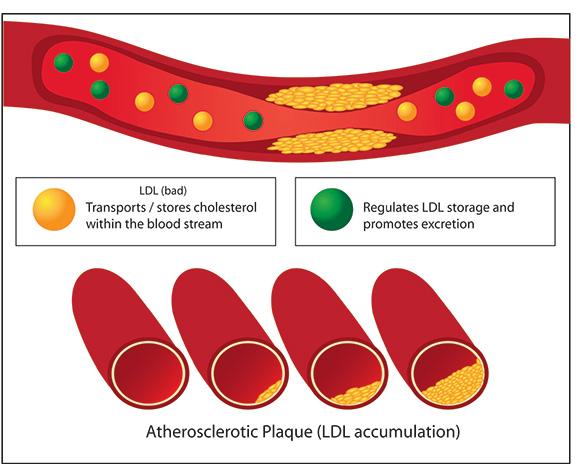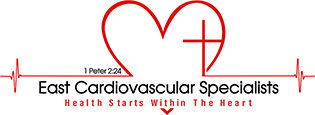
Atherosclerotic vascular disease
Dr. East has over 20 years of experience managing coronary artery disease, peripheral vascular disease and cerebrovascular disease.
He is an interventional cardiologist and performs diagnostic and interventional procedures at Sentara Heart Hospital one of the country’s top 50 Hospitals based on US News and World Report rankings. For nearly 2 decades, Dr. East has worked at Sentara Heart Hospital. He is an experienced cardiovascular specialist managing atherosclerotic disease from head to toe. He is equipped to perform in-office assessments of patients with limb disease caused by arterial disease and venous insufficiency. Dr. East is experienced in performing diagnostic arteriograms of his patients’ lower extremities. Based upon his experience and expertise, Dr. East helps his patients make appropriate treatment decisions while guiding them through the process.
East Cardiovascular Specialist offers numerous office procedures for the diagnostic evaluation of coronary and peripheral vascular disease. Dr. East is on-staff with 3 leading hospital systems in the Hampton Roads area. Additionally, Dr. East’s partnership with Sentara hospital offers his patients the most advanced hospital-based procedures.
Overview
Coronary artery disease develops when the major blood vessels that supply your heart become damaged or diseased. Cholesterol-containing deposits (plaques) in your coronary arteries and inflammation are usually to blame for coronary artery disease.
The coronary arteries supply blood, oxygen and nutrients to your heart. A buildup of plaque can narrow these arteries, decreasing blood flow to your heart. Eventually, the reduced blood flow may cause chest pain (angina), shortness of breath, or other coronary artery disease signs and symptoms. A complete blockage can cause a heart attack.
Because coronary artery disease often develops over decades, you might not notice a problem until you have a significant blockage or a heart attack. But you can take steps to prevent and treat coronary artery disease. A healthy lifestyle can make a big impact.
Symptoms
If your coronary arteries narrow, they can’t supply enough oxygen-rich blood to your heart — especially when it’s beating hard, such as during exercise. At first, the decreased blood flow may not cause any symptoms. As plaque continues to build up in your coronary arteries, however, you may develop the following coronary artery disease signs and symptoms:
Chest pain (angina). You may feel pressure or tightness in your chest, as if someone were standing on your chest. This pain, called angina, usually occurs on the middle or left side of the chest. Angina is generally triggered by physical or emotional stress. The pain usually goes away within minutes after stopping the stressful activity. In some people, especially women, the pain may be brief or sharp and felt in the neck, arm or back.
Shortness of breath. If your heart can’t pump enough blood to meet your body’s needs, you may develop shortness of breath or extreme fatigue with activity.
Heart attack. A completely blocked coronary artery will cause a heart attack. The classic signs and symptoms of a heart attack include crushing pressure in your chest and pain in your shoulder or arm, sometimes with shortness of breath and sweating.
Women are somewhat more likely than men are to have less typical signs and symptoms of a heart attack, such as neck or jaw pain. And they may have other symptoms such as shortness of breath, fatigue and nausea.
Sometimes a heart attack occurs without any apparent signs or symptoms.
Dr. East has over 20 years of experience managing coronary artery disease, peripheral vascular disease and cerebrovascular disease…


